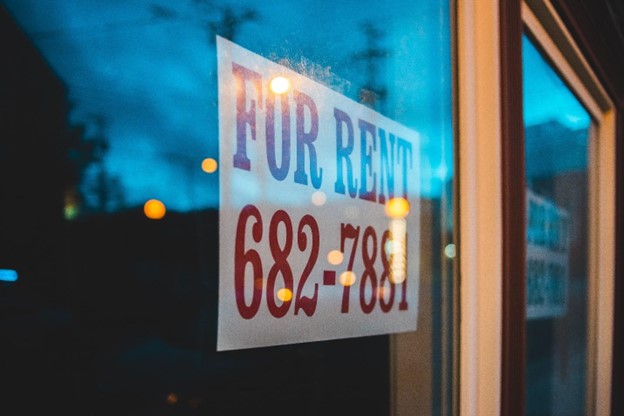Navigating the complex waters of California’s rental market is puzzling. Especially with evolving regulations on rent increases, landlords must stay on their toes. There is a state-wide cap on rent increases in CA that landlords must abide by. With this guide, we’ll break down the ins and outs of California’s rent increase limits to help you make informed decisions with your rental properties.
1. Know the Basics
The foundation of understanding rent hikes in California lies in getting familiar with the California Rent Control Act (AB 1482). What does this bill around rent increase limits entail? Thankfully, it doesn’t mean you can’t raise the rent at all. However, there’s a cap per year.
At its core, the Act specifies that rent cannot be raised by more than 5% plus the local rate of inflation within a year. While that sounds straightforward, when you factor in local inflation rates, the actual percentage could differ. Depending on inflation, the absolute maximum rent increase a landlord can implement is 10% in a 12-month period.
While you might get the itch to adjust rents with the ebb and flow of the market, hold your horses! The Act limits rent increases to twice a year, but even with those two adjustments, you cannot exceed the yearly cap.
2. Check If Your Property Applies
While the Rent Control Act casts a wide net, it doesn’t encompass every property type in the state. Many landlords breathe a sigh of relief here. For starters, properties that are younger than 15 years get a pass from these regulations. Age matters in real estate!
The type of ownership also applies when determining if your rent increases are capped. For example, if your property is owned in a personal name (versus an LLC), you could be exempt from this cap. There are a few other hoops you must just through to get completely exempt. It’s imperative to deep dive into the specifics of these rental laws to make sure you’re not accidentally in violation.
3. Track the Local Inflation Rate
Taking a trip back to your school economics class, the inflation rate isn’t just a theoretical concept—it’s intrinsically tied to how you set your rents. Since local inflation can fluctuate and varies from city to city, it’s crucial to keep an eye on it. Many cities make this easy by posting current rates online. By regularly checking and adjusting based on these figures, you maximize your potential income within the legal confines.
California is not a cheap state to operate in as a landlord. Things seem to always cost more as the years pass by. It’s common to see a landlord attempt to quickly sell a California rental property and move elsewhere. Is the grass greener on the other side? It’s tough to say. Nevertheless, if you operate in California as a landlord, you must abide by whatever rules the state puts out.
4. Just Cause Evictions
AB 1482 wasn’t just about rent. It added another layer to the landlord-tenant relationship with “just cause” eviction rules. The days of evicting on a whim to reset rent for a new tenant are gone. There are specific and stringent reasons that qualify for eviction.
Being well-versed in these can save you a heap of legal trouble. Between evictions and ejectments, California landlords can have their hands full. Navigating the laws surrounding squatters is a challenge for any property owner. The more well-versed you are, the easier time you will have.
5. Transparency is Key
When the time comes to raise the rent, the approach matters. Clear, open communication can smooth over potential friction with tenants. It’s not just a courtesy, either—it’s mandated. Legal regulations require notices to be sent well in advance, with 30 days being the standard minimum. This proactive approach can foster a sense of trust between you and your tenant.
6. Local Ordinances Matter
California, in all its diversity, is not a monolith. Several cities, including heavyweights like San Francisco and Los Angeles, have instituted their own rent control measures. Oftentimes, these rental control laws are stricter than the majority of the Golden State. Before making any decisions, cross-reference state laws with local ordinances to ensure you’re compliant on all fronts.
7. Document Everything
In the rental business, a good memory won’t cut it. Detailed records of rent adjustments, corresponding notices, tenant communications, and any related paperwork are invaluable. Don’t question it, just document it. This robust documentation not only helps you keep track but comes into play if a disagreement escalates into a legal dispute (fingers crossed it doesn’t).
8. Stay Updated
Change is the only constant, especially in legislative landscapes. As a landlord, it’s your responsibility to keep an ear to the ground when rental regulations change. Consider joining a landlord association. These groups often provide resources, workshops, and updates, ensuring you’re always in the loop.
California Rent Increase Laws
Mastering the nuances of rent increase limits in California is daunting. With the right tools and knowledge, it becomes manageable. By understanding the rules, staying informed, and prioritizing transparency, you can ensure your rental business will thrive. Do your best to maintain a harmonious landlord-tenant relationship. Consider hiring a property management company that can help you with all of these things.





